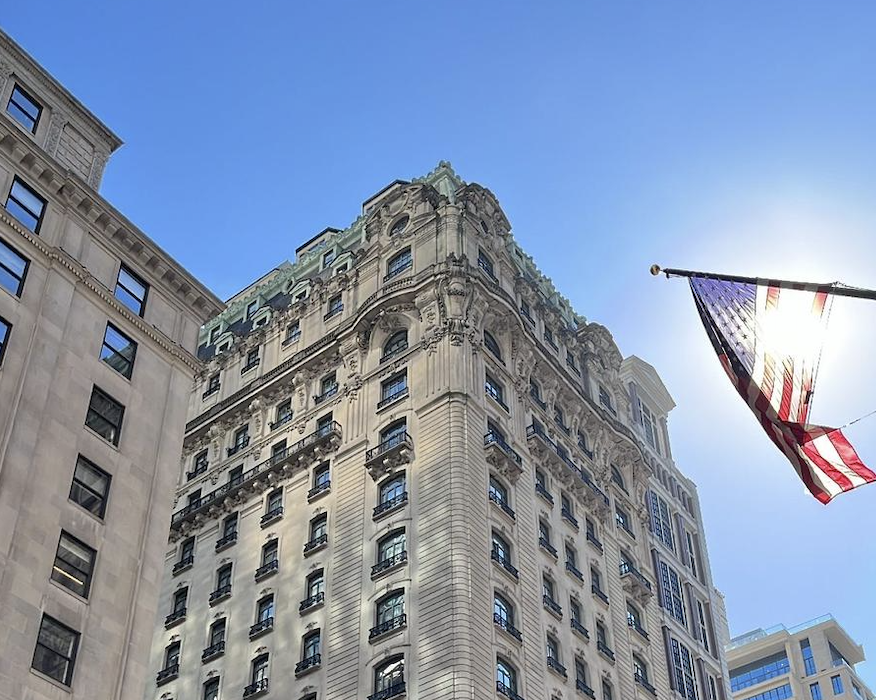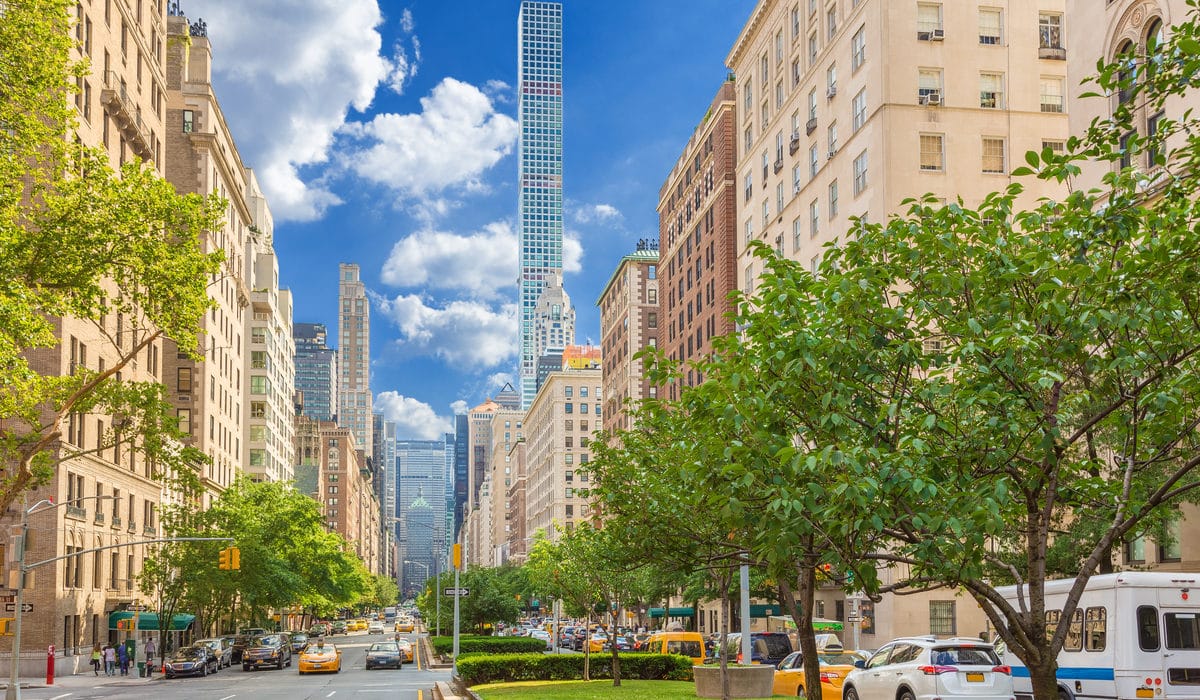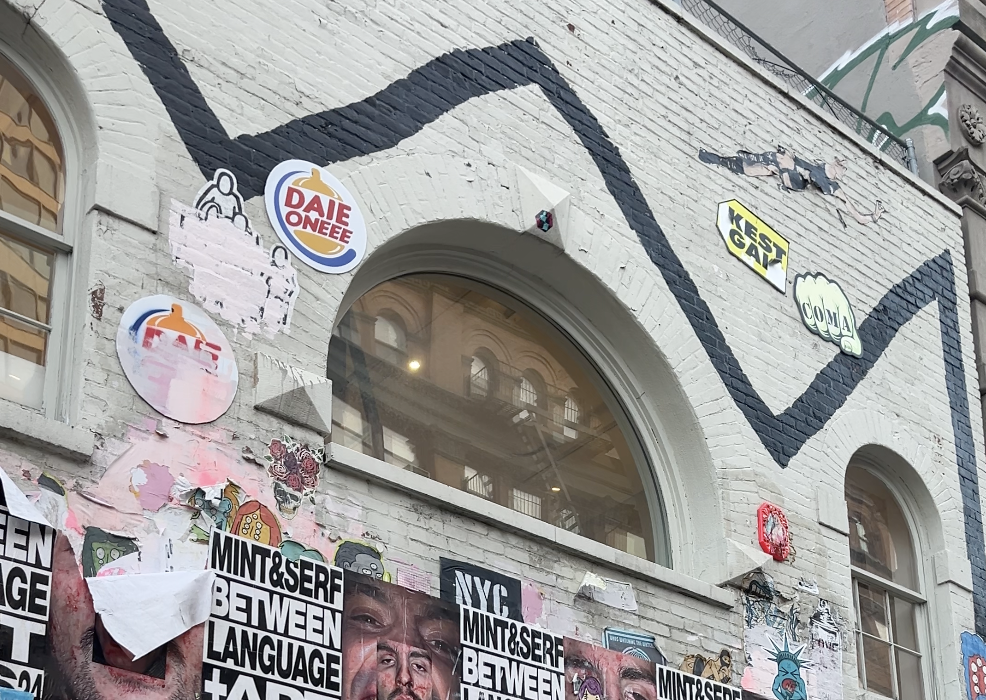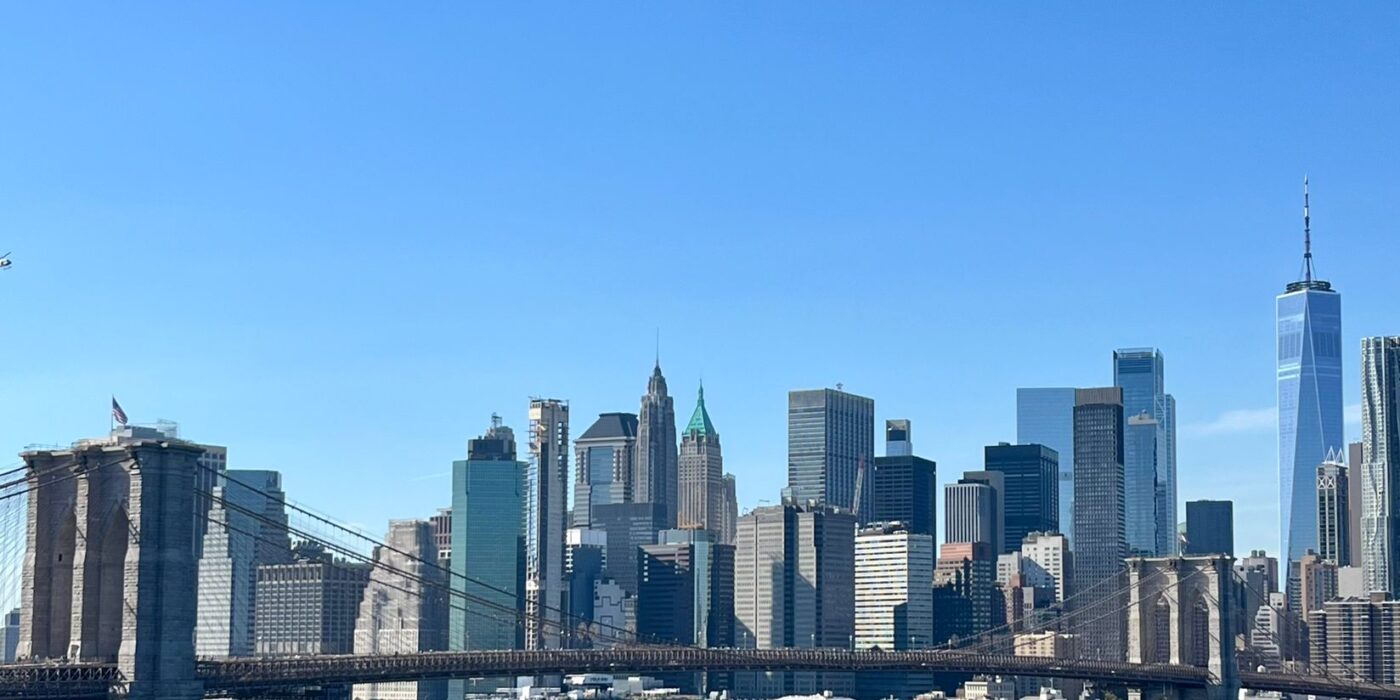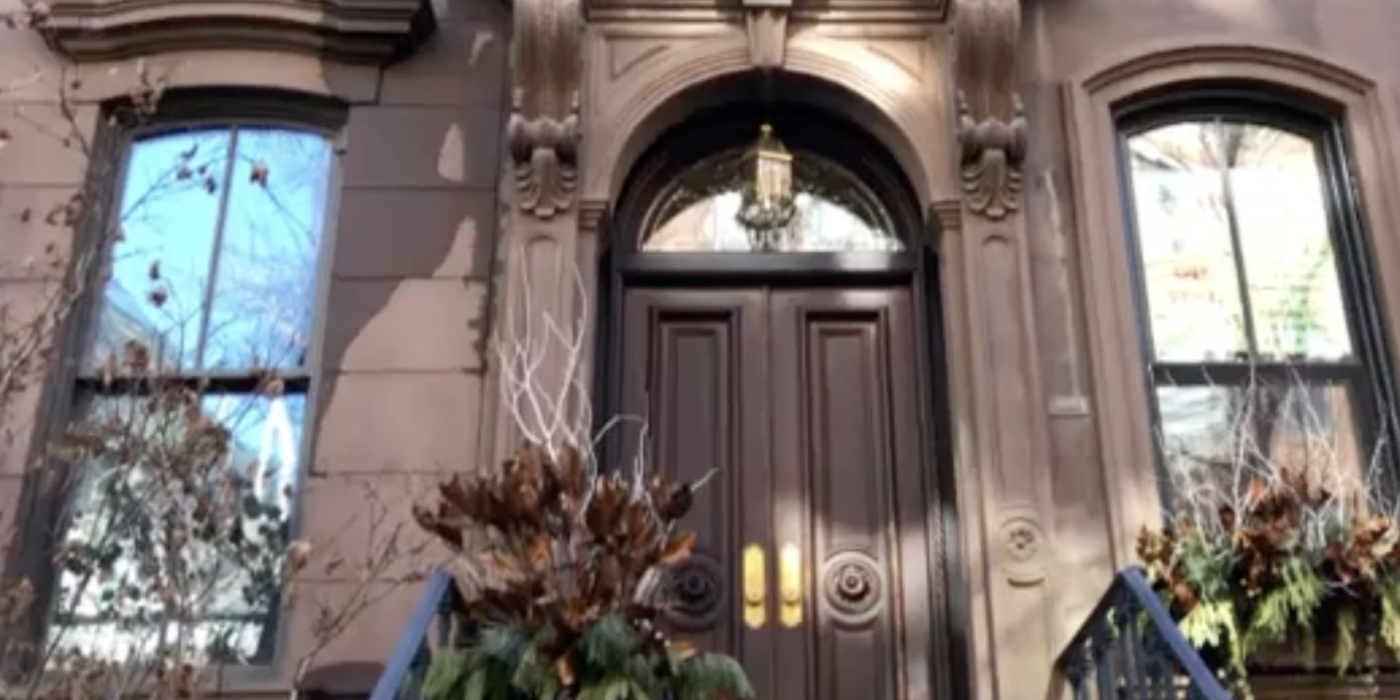When the pandemic struck New York in early 2020, it delivered a seismic shock to what was already the world’s most valuable real estate market. Office towers emptied overnight. Luxury condos sat vacant. Rental prices plummeted. The prevailing narrative quickly became one of exodus and existential crisis for a city whose identity has always been inextricably linked to its real estate.
Five years later, that apocalyptic vision has given way to something more nuanced: New York hasn’t died—it’s transformed.
The Ultra-Wealthy Have Doubled Down on Manhattan
While nearly 350,000 residents fled between 2020 and 2023, the widely predicted collapse of New York’s high-end real estate market never materialized. In fact, data shows the opposite has occurred.
“The luxury segment has outperformed every forecast,” says Jonathan Miller, CEO of Miller Samuel Real Estate Appraisers & Consultants. “We’re seeing unprecedented demand at the $10 million-plus price point, particularly in new development.”
This resilience is reflected in record-breaking transactions. In Q4 2024, Manhattan saw 47 residential sales above $10 million, a 28% increase from pre-pandemic levels.
The initial pandemic exodus of ultrawealth—when the city lost approximately 17,500 residents from the top 1% income bracket—has reversed. By 2023, net migration of high-net-worth individuals stabilized, with family offices reporting a surge in Manhattan investment activity.
“For sophisticated investors, New York presented an unprecedented buying opportunity,” explains Elizabeth Warren, head of urban investment strategy at Blackstone Real Estate. “The fundamentals never changed—limited land, global appeal, and institutional-grade assets available nowhere else.”
Trophy Assets, Trophy Prices
The median Manhattan sales price hit $1.3 million in Q4 2024, up 36% from Q1 2020. Brooklyn followed with median prices crossing the $1.1 million threshold.
Even more telling: prime assets have commanded extraordinary premiums. The penthouse at 220 Central Park South traded for $102 million in September 2024, while commercial properties in prime locations have maintained cap rates under 4%, defying national trends.
But this prosperity has been highly concentrated. “We’re witnessing a barbell market,” notes Donna Olshan, president of Olshan Realty. “Unprecedented strength at the luxury end, desperation in the middle, and a social services emergency at the affordable end.”
The Office Market’s $100 Billion Question
Manhattan’s 419 million square feet of office space—valued conservatively at $500 billion—faces unprecedented challenges. Vacancy rates hover at 18.2%, more than six times higher than 2000 levels, with empty space equivalent to 32 One World Trade Centers.
This vacancy crisis has triggered the most significant repricing of commercial assets in modern history. Class B and C office buildings have experienced value declines of 40-60%, with distressed sales becoming increasingly common.
“We’re seeing the Great Conversion,” explains Mary Ann Tighe, CEO of CBRE’s New York Tri-State Region. “Properties that no longer make economic sense as offices are finding new life as residential, life sciences, or mixed-use developments.”
This transformation is accelerating, with over 14 million square feet of office space currently undergoing conversion plans. The Adams administration has streamlined zoning to facilitate these transitions, recognizing that commercial-to-residential conversions represent a critical opportunity to address the housing crisis.
The Housing Crisis Intensifies: Manhattan Rents Break Records
For ordinary New Yorkers, the post-pandemic real estate market has become increasingly punishing. The median Manhattan apartment rent reached an all-time high of $4,500 in February 2025, surpassing the previous record of $4,400 set in August 2023, according to data from brokerage Douglas Elliman.
This new peak signals an ominous trend for renters amid slowing housing construction and stubbornly high housing prices across all boroughs. Industry experts see no relief in sight for the multifamily market that has consistently defied expectations of a correction.
Even the historically affordable Bronx has seen rent increases approaching 40%. Nearly 630,000 households—or roughly one in four New York renters—now spend more than half their income on housing.
This affordability crisis has pushed the city’s rental assistance spending to unprecedented levels—$1.1 billion for the current fiscal year, compared to $302 million in 2021.
Despite these challenges, 2024 saw 34,000 new housing units delivered, the highest production since 1965. “But we need to triple that output annually for the next decade to achieve market equilibrium,” warns Vishaan Chakrabarti, founder of PAU architectural firm and former Manhattan planning director.
The Demographics Driving Demand
New York’s real estate future hinges on demographics, and the trends are contradictory. The city recorded just 99,000 births in 2021-2022, the lowest level since the Great Depression. Public school enrollment has plummeted, with 111,000 fewer students than in the 2018-19 academic year.
Families with young children were more than twice as likely to leave the city in 2023 as childless households. Black residents continue to exit at twice the rate of white residents, accelerating a pre-pandemic trend.
Yet immigration has provided crucial population stability. More than 230,000 migrants have arrived since spring 2022, helping push the population back to 8.48 million by the end of 2024—still 262,000 below 2020 levels.
A Real Estate Market for the 1%
The pandemic has accelerated New York’s evolution into a city of extremes. While lower-paying jobs in home healthcare have grown 45% since December 2019, middle-income sectors like retail and construction have contracted dramatically, shedding 54,100 and 30,700 jobs respectively.
This economic polarization is reflected in housing development. “Luxury units and affordable housing get built because they have separate financing ecosystems,” explains Rafael Cestero, former NYC Housing Commissioner. “What’s disappeared is market-rate housing for the middle class.”
The data bears this out: 60% of new housing starts in 2024 were either luxury (defined as exceeding 175% of median prices) or subsidized affordable housing. The middle market has all but vanished.
Investment Implications: The Next Five Years
For real estate investors, New York presents both extraordinary risks and opportunities:
- Trophy commercial assets will maintain value. Prime office buildings with ESG credentials and modern amenities continue to command premium rents and institutional capital.
- Distressed commercial assets represent generational buying opportunities. Buildings trading at 40-60 cents on the dollar can yield exceptional returns through conversion or repositioning.
- Multifamily remains the safest bet. With rental demand exceeding supply by approximately 200,000 units, well-located rental properties continue to outperform all other asset classes.
- Retail is experiencing a renaissance in select corridors. High-street retail in SoHo, Fifth Avenue and the Meatpacking District has recovered to pre-pandemic rents, while secondary locations remain challenged.
- Industrial and logistics assets command premium valuations. Last-mile delivery facilities in the outer boroughs have seen 85% value appreciation since 2019.
As New York evolves, its real estate market is becoming even more stratified—a mirror of the city’s widening economic divide. The question isn’t whether New York is “back,” but rather, what kind of New York is emerging. The answer, increasingly, is a tale of two cities within the same 302 square miles, each operating under different economic realities but bound by the same fundamental asset: some of the most valuable real estate on earth.
“The pandemic didn’t break New York’s real estate market,” concludes Barry Sternlicht, CEO of Starwood Capital Group. “It accelerated trends that were already underway, creating a market that’s simultaneously more global and more local, more luxury-focused and more subsidy-dependent than ever before.”
For investors with the capital and vision to navigate this new landscape, the opportunities remain as outsized as the buildings that define the skyline—provided they understand which New York they’re betting on.
Sources: Bisnow | The New York Times

